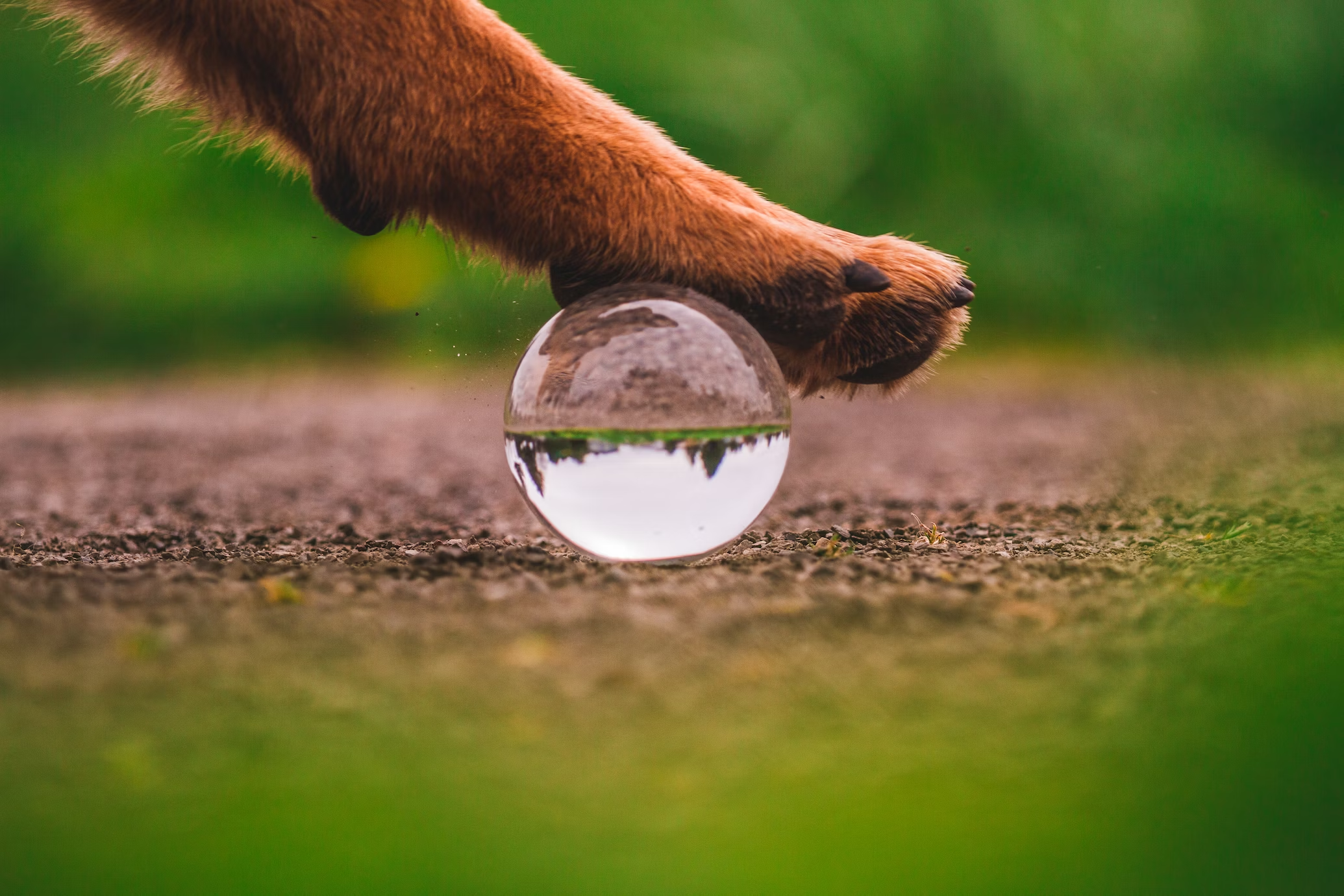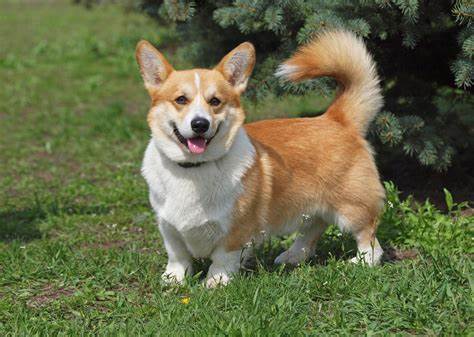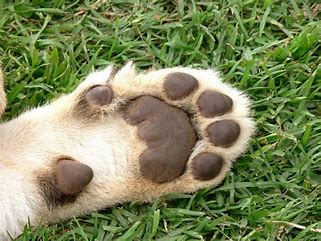Dogs love to explore their surroundings, whether it’s the great outdoors or the comfort of their own homes. However, this adventurous nature can sometimes lead to paw pad abrasions, causing discomfort and potential infections. As responsible pet owners, it’s crucial to understand how to prevent and treat these injuries. In this comprehensive guide, we will dive into the world of paw pad abrasions, providing you with essential information and practical tips to keep your furry friend safe and sound. Let’s get started!
1. Understanding Paw Pad Abrasions
Paw pad abrasions occur when a dog’s paw pads are subjected to excessive friction or rough surfaces. This can happen during walks on hot pavements, sandy beaches, rocky terrains, or even from playing on abrasive surfaces. The outer layer of the paw pads can become scraped, worn down, or even develop small cuts or blisters.
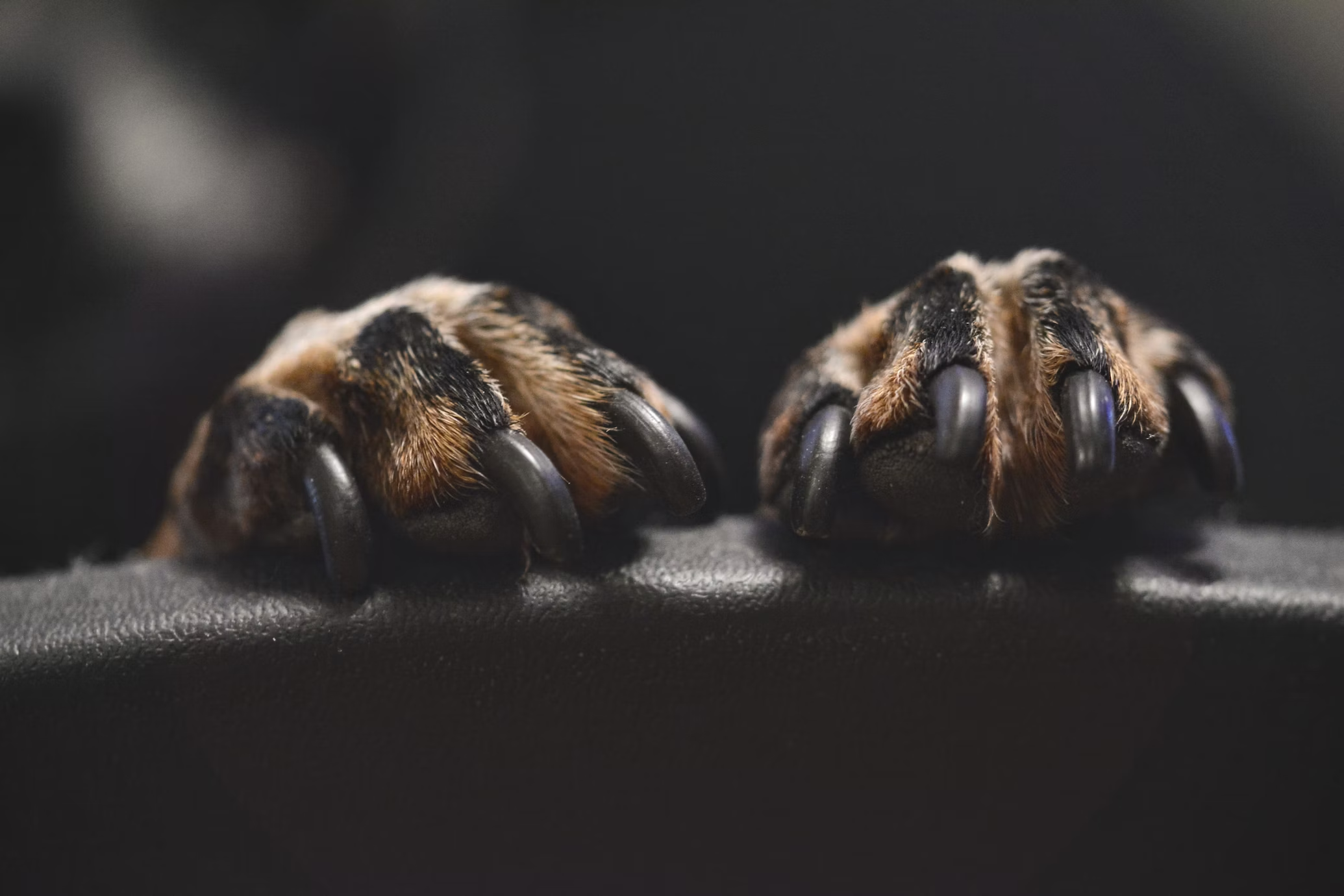
2. Prevention is Key
Preventing paw pad abrasions is always better than dealing with the aftermath. With a few proactive measures, you can minimize the risk of such injuries:
- Invest in protective gear: Consider using dog boots or paw wax to create a barrier between your dog’s paw pads and rough surfaces. These products provide an extra layer of protection and reduce the chances of abrasions.
- Choose appropriate walking surfaces: Avoid walking your dog on overly hot asphalt or jagged terrain. Opt for grassy areas, dirt paths, or use designated dog-friendly trails whenever possible.
- Regular paw pad maintenance: Keep your dog’s paw pads in optimal condition by regularly trimming their nails and removing any excess hair. This helps prevent matting, which can increase the risk of abrasions.
3. Recognizing Paw Pad Abrasions
It’s crucial to be able to identify the signs of paw pad abrasions early on:
- Limping or favoring a paw: If your dog is suddenly reluctant to put weight on a particular paw or shows signs of discomfort, it may indicate a paw pad injury.
- Visible signs of abrasion: Check your dog’s paw pads for redness, swelling, cuts, blisters, or any abnormal texture. These are clear indications of an abrasion.
- Excessive licking or chewing: Dogs may instinctively try to clean and soothe their injured paw pads by licking or chewing them.
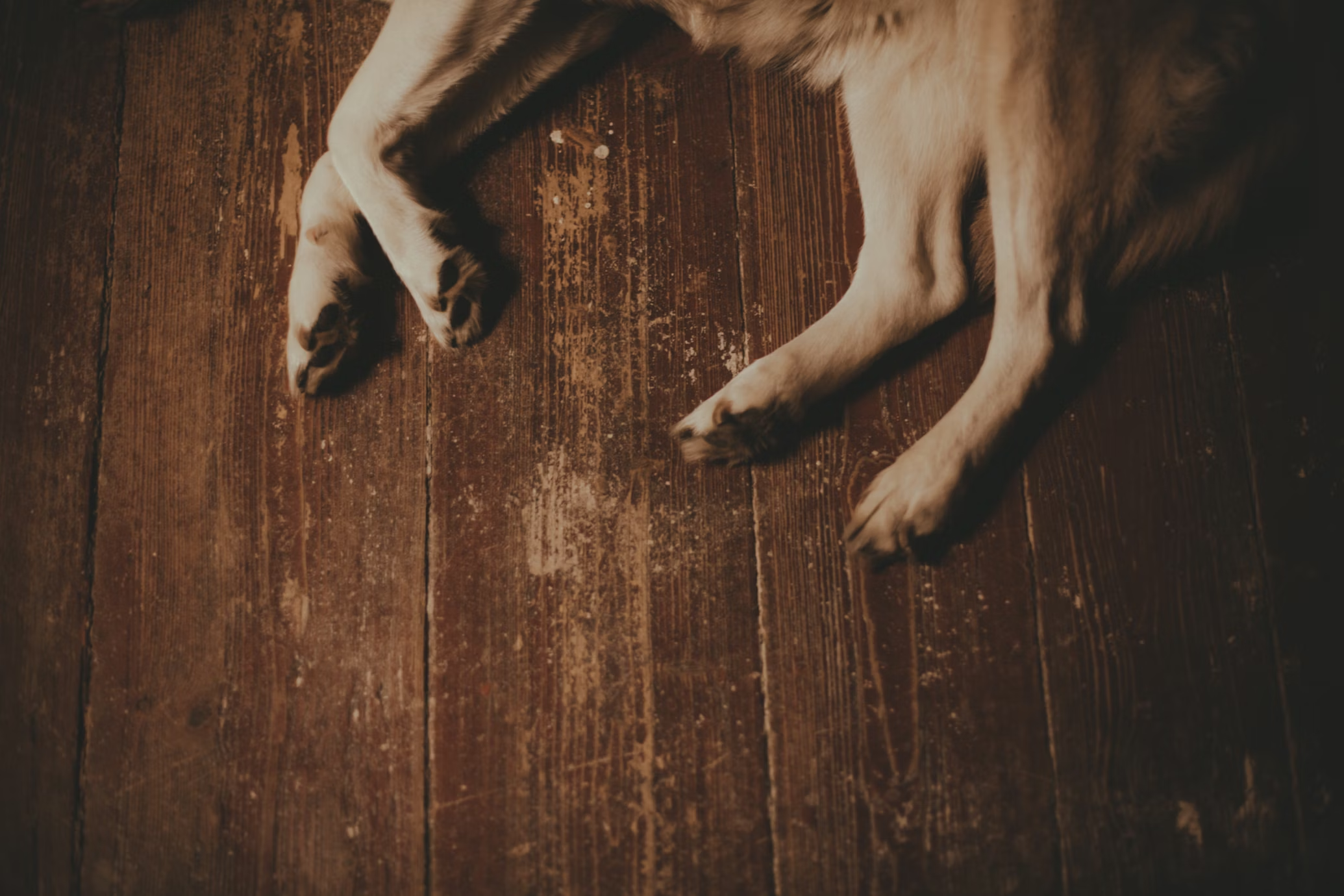
4. Treating Paw Pad Abrasions
When it comes to treating paw pad abrasions, a proactive approach is essential to prevent infection and promote healing:
- Clean the paw pads: Gently clean the affected area using a mild antiseptic solution or a veterinarian-recommended wound cleanser. Avoid using hydrogen peroxide, as it can delay healing.
- Apply a protective ointment: After cleaning, apply a thin layer of a dog-safe paw pad balm or ointment to provide a barrier against further irritation and promote healing. Look for products that contain natural ingredients such as coconut oil or shea butter.
- Bandage if necessary: For deeper or more severe abrasions, your veterinarian may recommend bandaging the paw to protect it from further damage and keep it clean. Ensure that the bandage is snug but not too tight, and regularly change it as per your vet’s instructions.
5. Veterinary Care and Follow-Up
If you notice that your dog’s paw pad abrasion is deep, bleeding excessively, or showing signs of infection (such as pus, foul odor, or fever), it is crucial to seek veterinary care promptly. Your veterinarian may prescribe antibiotics or recommend additional treatments to aid the healing process.
Conclusion
Preventing and treating paw pad abrasions in dogs requires vigilance and proactive measures. By understanding the causes and implementing preventative strategies, you can reduce the risk of paw pad injuries. Recognizing the signs of abrasions and providing appropriate care will ensure your furry friend’s comfort and expedite the healing process. Remember, if in doubt, always consult your veterinarian for a thorough evaluation and guidance tailored to your dog’s specific needs.
